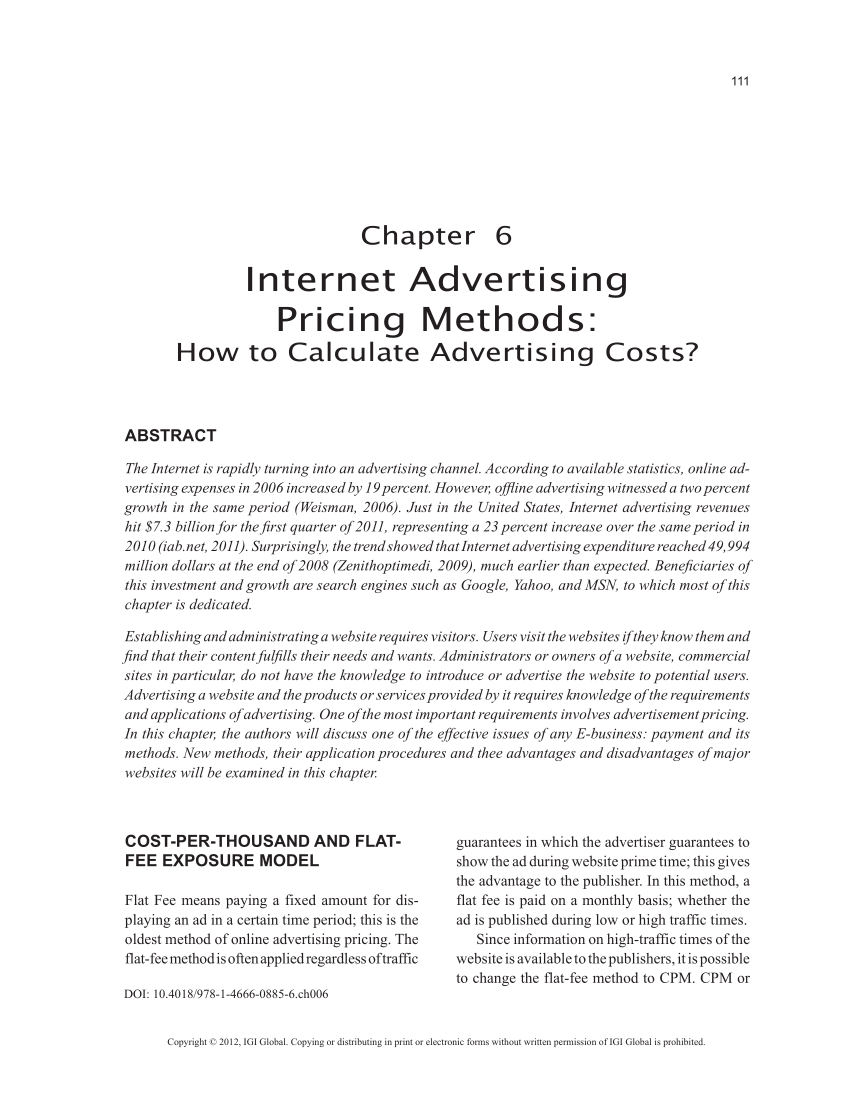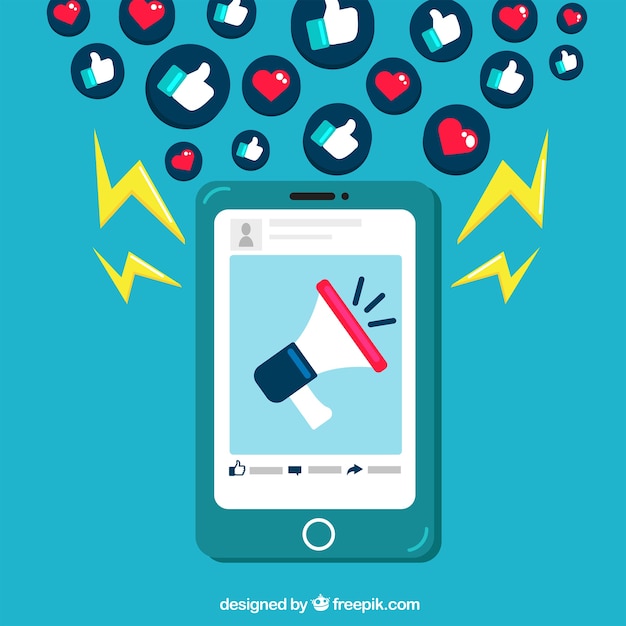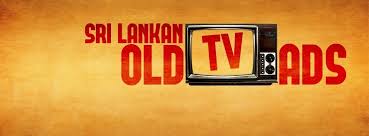
The cost of digital billboard advertising is an important consideration for companies looking to communicate with potential clients. Billboard advertising costs depend on many factors, such as location, size, circulation, format, and format. To estimate the cost of your campaign, you must take into consideration these factors and compare them with other media rates in your region.
Marketing expert PJ Simon recommends analyzing demographics of your target markets to determine the type of billboards that would work best for your brand. This could include income levels, age and gender. This will help you set your pricing strategy accordingly.
The cost of a billboard varies depending on its location, circulation and the number of impressions it receives per day. It is also influenced by the amount of competition that exists in that area and the quality of the ad itself.

Classic billboards are cheaper than digital ones, and can range from $250-$14,000 per month in rural areas, but they are more expensive if they are located in midsize or large cities. Digital billboards are more expensive than traditional ones. They typically display a series of ads over a loop.
Digital bills also offer a number of benefits over static ones, such as ad timeliness and day-parting. These benefits can increase the value of your advertising dollars and make it more likely people will pay attention.
You have many options for pricing your digital billboard. There is fixed pricing or loop pricing. These models can be negotiated directly with media owners or through a media agency. They are a great way for you to secure a permanent spot for your ad on a well-known billboard spot.
Programmatic DOOH (pDOOH), allows you to buy billboard space directly from media owners without having to deal with expensive intermediaries. pDOOH allows you to monitor real-time metrics and optimize your campaigns for a better return.

CPM: Cost per mile is one of the most popular methods of calculating billboard cost. This is how much you pay per 1,000 impressions. This is a great way to compare the costs of your billboard with other forms of marketing in the area, and it can help you justify the investment.
Additional factors that may affect the price of a billboard are production and installation. These services can be very expensive in some cases. The cost of these services can be included in your contract when you purchase the billboard, but they should be factored into your overall budget as well.
The location: It is vital to ensure your billboard is visible by the right people. It should be located near the road, and not blocked by any other obstructions that could hinder traffic flow.
FAQ
What are the basics of print advertising?
Print advertising is a great medium to communicate with customers. Many companies use it to promote products and services. The key objective is to capture the attention of the consumer.
Print ads are usually short (one page) and contain text, pictures, logos, and other graphics. Print ads can also contain sound, animation, videos, and hyperlinks.
The following are the main types print advertisements:
1. Brochures – These are large format printed pieces that are intended to draw people into stores. Brochures are filled with eye-catching designs, colorful pictures, and attractive graphics.
2. Catalogues- These are smaller versions and variants of brochures. These are often sent to customers who have asked for information on particular items.
3. Flyers - These are small pieces of paper distributed at events such as concerts and fairs. If they are given out at retail outlets, they can be obtained for free, but you must pay for them.
4. Flyers are also available in posters. These flyers can be displayed on buildings, fences and walls. They are typically created using computer software programs that aim to attract the attention of passersby.
5. Direct mail - These are letters or postcards that are sent directly to potential customers. These are sent out by companies to remind customers about their business.
6. Newspaper ads - These ads are published in magazines and newspapers. They can be quite lengthy and often include text as well as images.
Is there a way for me to get free traffic?
The traffic that is free comes from organic search results and does not require you to pay for ads. This type is known as natural, or organic traffic. There are many options to get free traffic like article marketing and social media marketing.
Article Marketing is a popular way to get traffic for free. It has an extremely low cost-per-click (CPC). Paying ads can be more costly than CPC. Article marketing is also referred to as content marketing.
Social Media Marketing: Social media sites such as Facebook, Twitter, LinkedIn, and LinkedIn make it easy to promote your company through advertising. These platforms allow you to share updates, photos, and establish relationships with potential customers. Many businesses choose to pay for ad space on social media websites because they want to reach a wider audience at a lower price.
Blogging-Blogging is another great way of generating free traffic. Writing quality content that people like reading will help you attract visitors. Once your blog is attracting visitors, it's possible to make money from it by selling products and/or services.
Email Marketing – Email marketing has been around ever since the dawn of the Internet. However, it remains one of your best methods to drive traffic to you website. Sending emails regularly is a good strategy to grow your list of subscribers and eventually sell them something.
What is an advertisement campaign?
A campaign is a series advertising messages that are designed to promote a product. It could also refer the entire production of such advertisements.
The Latin word for selling is "ad." Marcus Terentius Varro, 116-27 BC, was the first to use it. He used it as a verb that meant "to make a sales."
Advertising campaigns are most often done by large agencies or businesses. These campaigns may include many media types such as print, television, radio and the internet.
Advertising campaigns usually last several months, and they have specific goals. For instance, some campaigns aim to generate awareness while others focus on increasing sales.
How can I choose my target audience
Begin with you and your closest friends. If you don't know where to begin, ask yourself, "who am I trying to reach?"
Ask yourself these questions. Who are the most influential people within my industry? What problems do they have to deal with every day? What are their top talents? Where are they located online?
Take a look back at how you started your company. Why did your start? What was your problem and how did it solve?
These answers will help identify your ideal clients. Learn more about them and why they choose to do business with you.
To get clues about who they cater to, you can also check out your competitors' social media pages and websites.
Once you have identified your target customer, you need to decide the best channel to reach them. A website might be created to reach home buyers, for instance, if your business provides services to agents in real estate.
You could create a blog if you offer software to small business owners.
A Facebook page could be created for clothing sellers. Or if you're a restaurant owner, you could set up a Twitter account for parents looking for kid-friendly places to eat.
It is important to remember that there are many methods of getting your message across.
What should you know about radio advertising
Understanding the interactions between different media is essential. Remember that media can complement each other and are not necessarily competitive.
Radio advertising is best when used in conjunction with television. It complements TV by reinforcing key messages and providing additional information.
TV commercials are often too long for radio listeners. Radio ads are usually shorter and less expensive.
What is an advertiser buyer?
An advertiser purchases advertising space on TV, radio or print media.
Advertisers are paid for the time that their message will appear.
They do not always look for the best ads, but are looking for the most effective to reach their target audience.
An advertiser might have information specific to their potential customers such as age and gender, marital status or occupation, hobbies, interests, income, etc.
Advertisers can use these data to determine the best medium for them. They may decide that direct mail works better with older people.
Advertisers also evaluate the competition. Advertisers will look at the competition to see if similar businesses are nearby.
In addition, advertisers consider the size of their budget and the amount of time they have to spend their money before it expires.
What is affiliate marketing?
Affiliate marketing is an online model that allows you to earn commissions for referring customers to other websites. The product owner pays you for each person who buys from you.
Affiliate marketing is based on referrals. People don't need to do anything to purchase from you. All you need to do is refer them to the website.
You don't have to sell anything. It's as simple to sell as to buy.
It takes just minutes to set up an account as an affiliate.
Referring more people will result in more commission.
There are 2 types of affiliates.
-
Affiliates who own their own websites
-
Affiliates who work in companies that offer products or services.
Statistics
- Google will display whichever ad type (CPM or CPC) is expected to earn more revenue for the publisher, which is in Google's best interest since they take a 32% share of the revenue. (quicksprout.com)
- In 1919 it was 2.5 percent of gross domestic product (GDP) in the US, and it averaged 2.2 percent of GDP between then and at least 2007, though it may have declined dramatically since the Great Recession. (en.wikipedia.org)
- It's 100% reliant on your website traffic. (quicksprout.com)
- This means that at least 50% of an ad needs to be shown on the screen for at least one second. (quicksprout.com)
External Links
How To
How do you place an advertisement on a billboard
Billboards have been around since the late 1800s, but they were first made popular during World War II when they became standard fixtures along roadsides and highways. Most billboards contain text advertising. However, some have photographs or art. Many billboards are static. Others display messages that change periodically, such a weather forecast, stock price, stock scores, political events, or stock market prices.
Most billboards are outdoor displays, although there are indoor versions, too. The majority of outdoor billboards are visible to traffic frequently, while indoor versions may be seen only once every few years. Because it has three layers, the most common outdoor billboard type is the "cubic", which is made of two sheets glass sandwiched by a layer fiberglass mesh, This allows air to circulate throughout the billboard, which keeps it cool in hot and warm in cold.
Advertisers pay companies like Billboard Advertising Inc., which owns and operates many of North America's largest billboard advertising firms, to put their ads up on their billboards. Advertisers are then offered space on these billboards by these companies. These spaces can be purchased by advertisers based upon how much advertising they are willing to spend. These advertisers often choose the best location for their ads depending on how many people they are likely to see.
Billboard Advertising Inc. is licensed to sell ad space and to erect signs in cities. Some cities allow billboards wherever they are allowed, while others prohibit them from certain areas. Chicago, for example, requires billboards to be kept at least 1,000 feet away from highways. Other cities place restrictions on billboards being placed closer than 500ft from schools or churches.
Billboard Advertising Inc. has agreements to promote products and/or services throughout the United States.